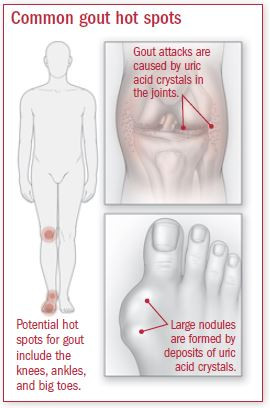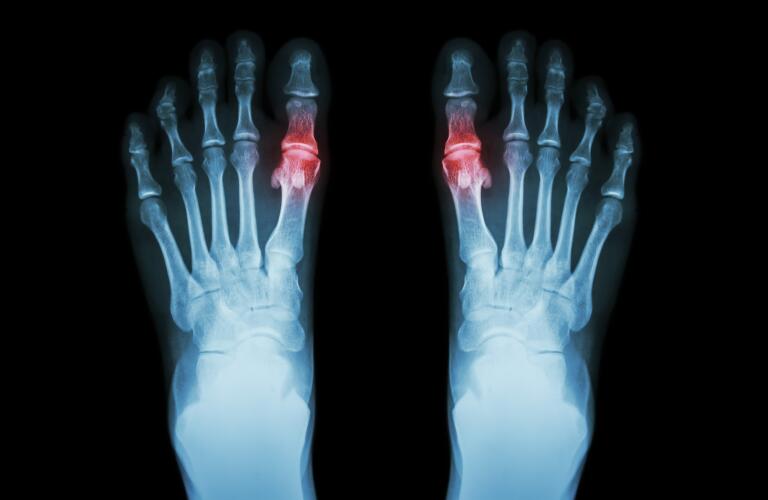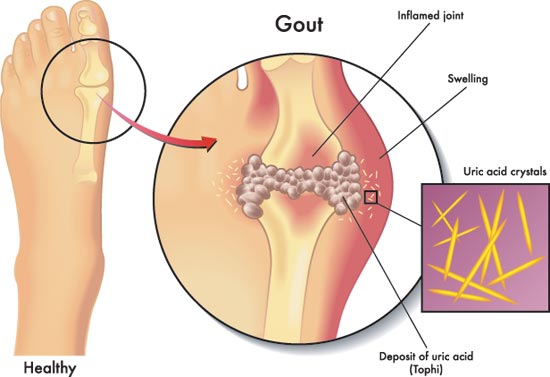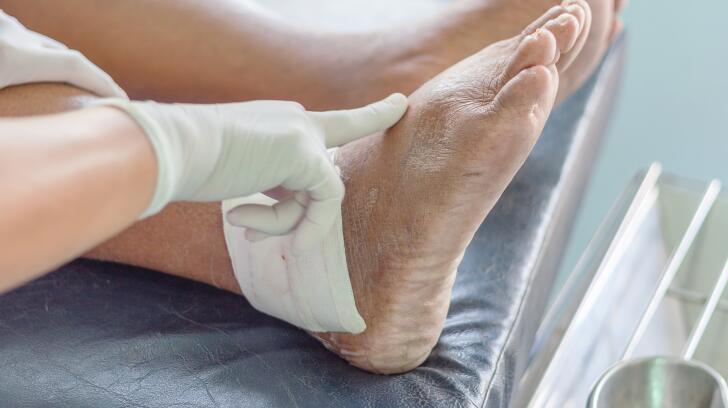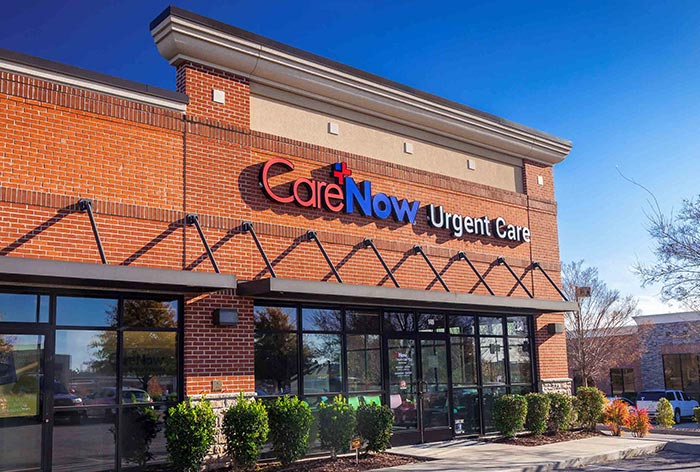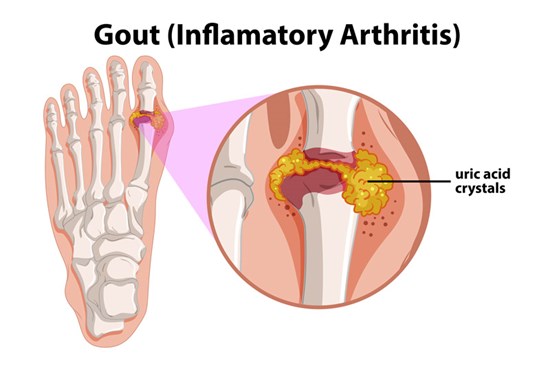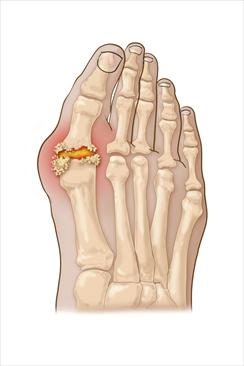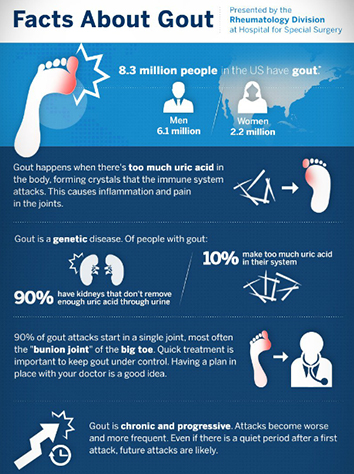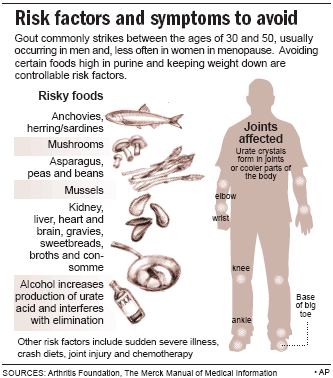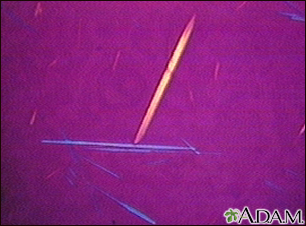Our aim was to record acute gout treatment in the ed and evaluate the treatment according to the 2012 american college of rheumatology acr guidelines khanna d et al.
Gout attack emergency room.
Acute gout is among the most painful inflammatory arthritis and a frequent cause of emergency department ed visits.
T he red hot swollen joints that signal acute gout attacks are nothing new to most hospitalists.
The dozen or so signs and symptoms listed are well recognized emergency situations deserving of a trip to an emergency room or a 911 call for emergency assistance and transport.
Acute gout attacks account for a substantial number of emergency department ed visits.
Ed is often the source of the index prescription.
They have appeared on inpatient wards in increasing numbers as gout has nearly doubled in the last 15 years in the general population said james o dell md facp president of the american college of rheumatology.
Most patients left the er with a prescription for eight days of opioids.
Prescription opioid is the leading contributor to the ongoing opioid epidemic.
Gout attack symptoms may include a mild fever but a higher temperature may be a sign of an infection.
A new study reveals that nearly 30 of patients who seek emergency room treatment for a gout attack are prescribed opioids to manage their pain.
About one fourth were written prescriptions for 14 days or more longer than the duration of a typical gout attack.
3 the increase occurred between 2006 and 2014.
The largest increase was seen in the 45 64 years age group 28.
Retrospective chart review of consecutive.
Beyond these well known emergency situations there are other circumstances recognized as critical for rheumatic disease patients.


